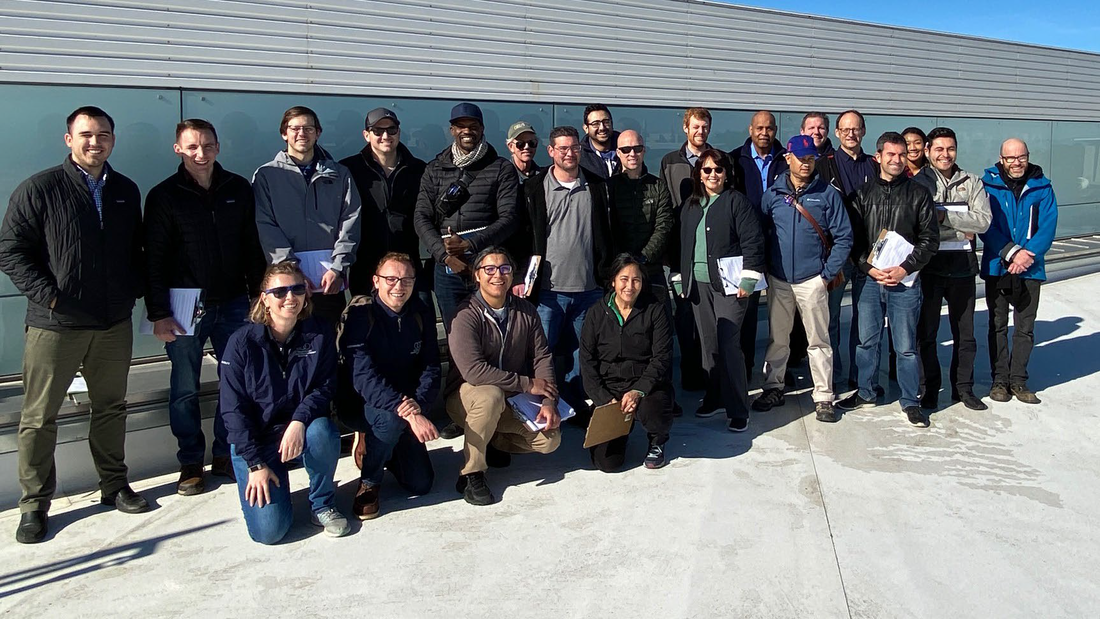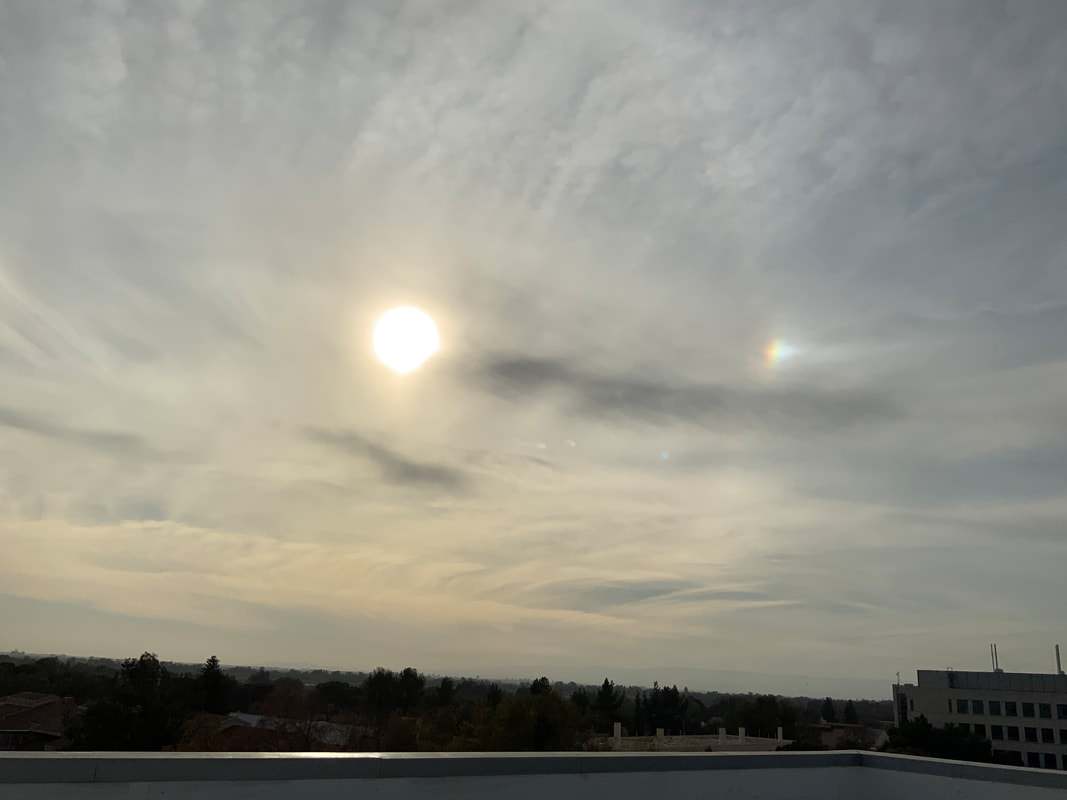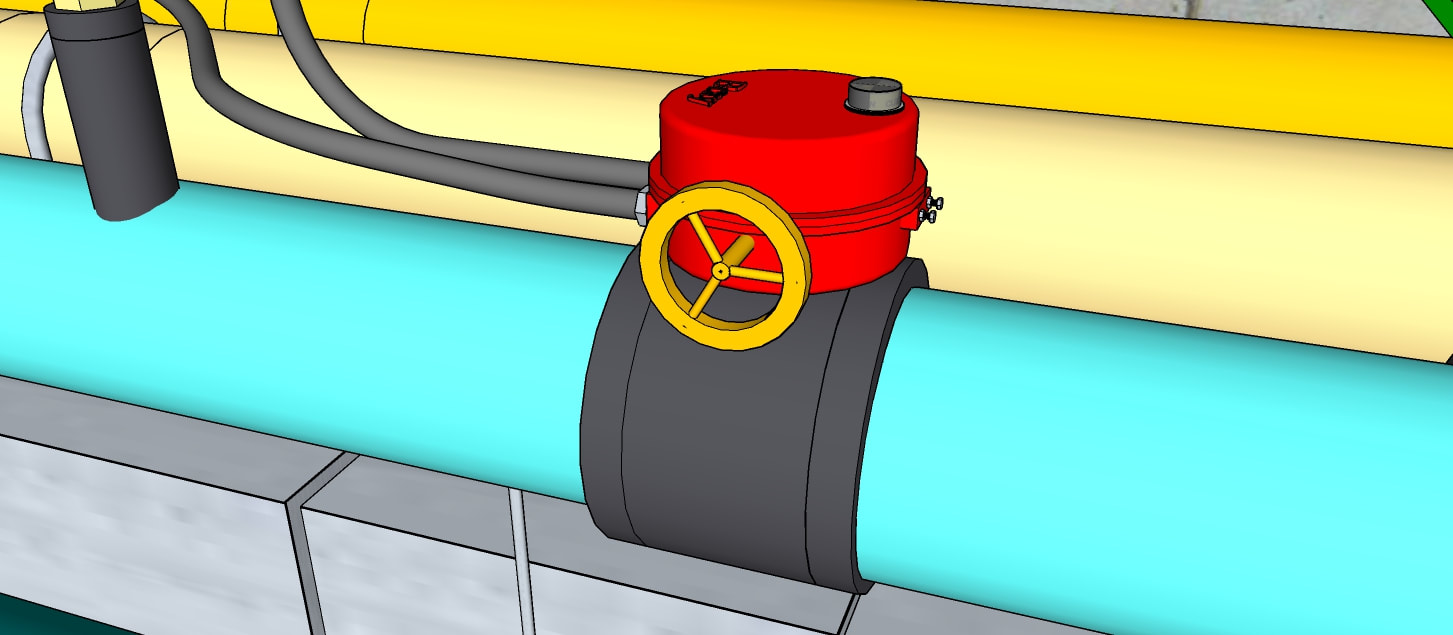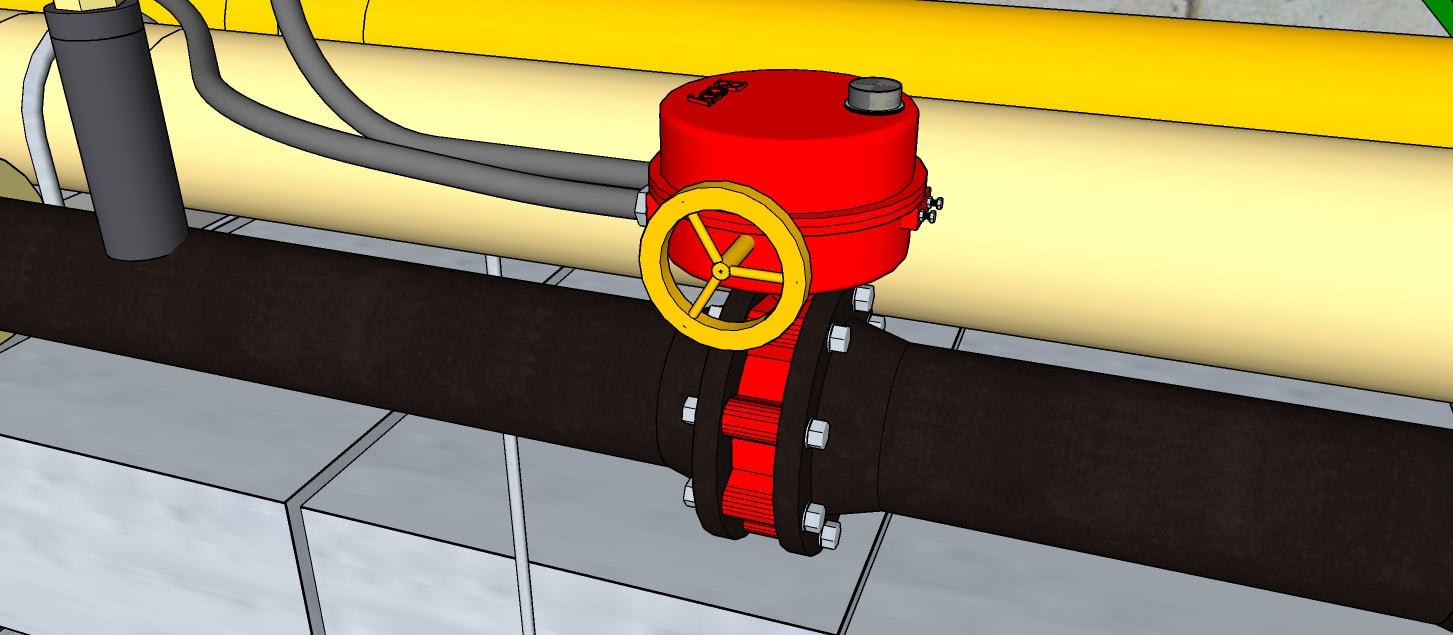Existing Building Commissioning Workshop Series 15 Materials
|
As indicated on the main page, the true source for the materials for the existing building commissioning class workshop is the FTP site Ryan maintains. If you need information regarding how to access it, you should contact him via e-mail at [email protected]. It would be desirable to include the words "EBCx Workshop Series Materials FTP Site Access" in the subject line to catch his attention. |
The materials below are the materials I provide for the portions of the workshop that I teach. I am going to keep placing them here so that you can access them before class if you want and also to make it easy for Ryan to pull them back for the FTP site.
Note that most of the time, I include a "READ ME" file in the zip file with the materials and resources that describes what each of the files is about.
Note that most of the time, I include a "READ ME" file in the zip file with the materials and resources that describes what each of the files is about.




